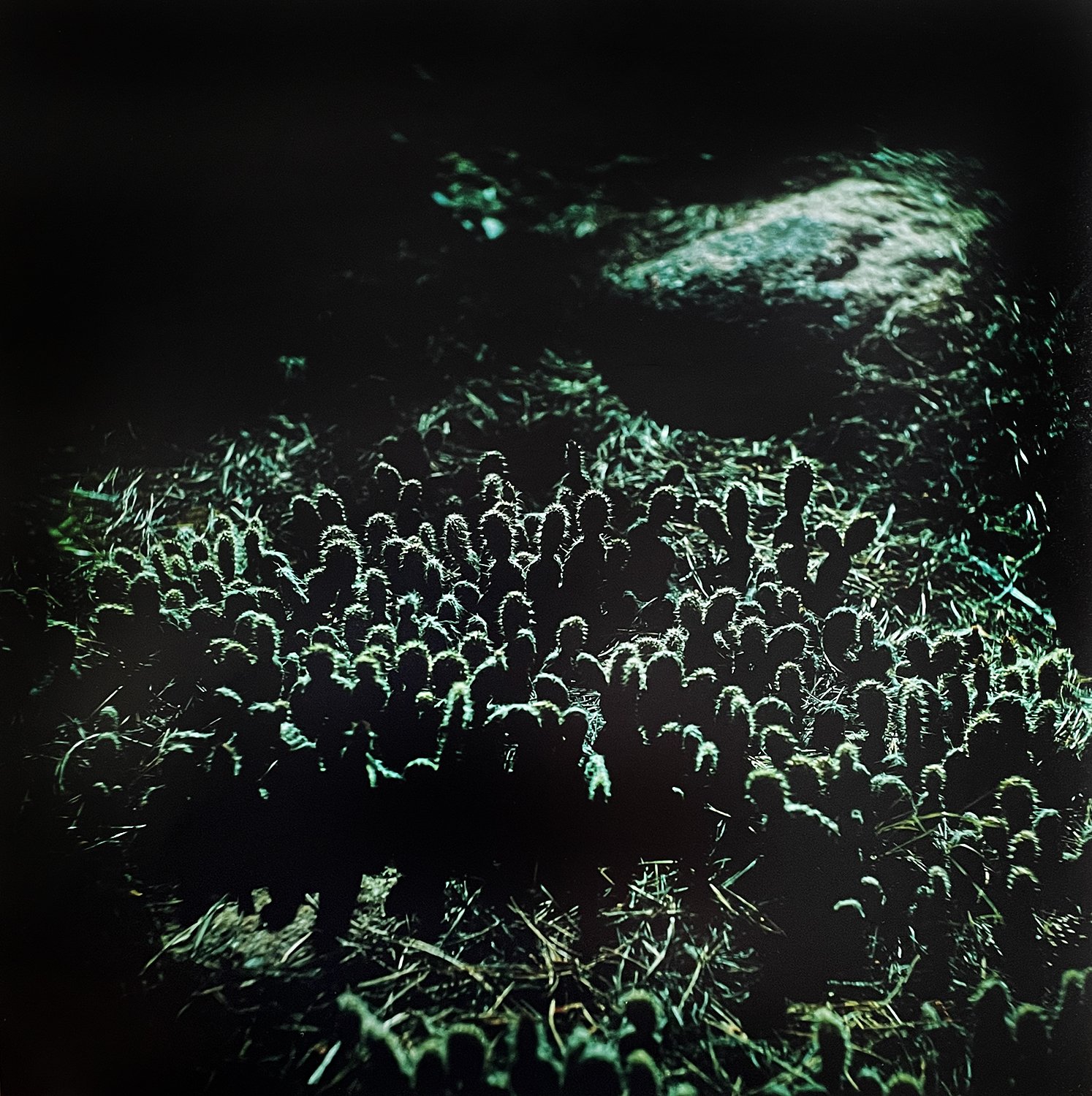“Fiery Lake and Stones,” 3.75” x 5” acrylic on paper.
I’ve written a lot about existential terror. I often forget that there are a lot of people who don’t know what that means. I want to reiterate what this is and why it matters, specifically as it relates to making art.
Another way to express this idea is through terror management theory (TMT). TMT deals with how humans cope with the awareness of their own deaths. That is the crux of the question. How do you cope with the reality of your impending death? If you answered, “I don’t think about it,” you would be in the majority of the population. This is the common answer or response.
“On what level of illusion does one live? This question poses an absolutely new question for the science of mental health, namely: What is the ‘‘best” illusion under which to live? Or, what is the most legitimate foolishness?”
Here’s why: We (humans) rely on cultural constructs to buffer our fear of death, which we all know is coming, and we never know when or how it will happen. These cultural constructs are as simple as having a spouse (significant other) or children, belonging to a religion or political group, making money, writing books, or even making art. These groups and activities give us a shield, a distraction, or, as Becker calls it, an illusion that allows us to bury (psychologically speaking) the terror of existing and knowing we are going to die. Remember, the fear of death isn’t a concern about the actual dying part; it’s central concern is being forgotten and regretting not living a meaningful life—impermanence and insignificance—that’s the dread or fear we feel.
“Without poets, without artists... everything would fall apart into chaos. There would be no more seasons, no more civilizations, no more thought, no more humanity, no more life even; and impotent darkness would reign forever. Poets and artists together determine the features of their age, and the future meekly conforms to their edit.”
Thanatophobia is related to death anxiety but reflects this fear in a different way. Thanatophobia is an intense fear of death or the dying process. For some people, death anxiety disrupts life in a very serious way. It can manifest as depression, anxiety, harmful behavior, etc.
What role does art play? For me, it’s significant in two ways. The first is that it provides meaning in my life. I feel that I have purpose when making art. I’m addressing issues that bother me (death anxiety, injustice, etc.) or interest me, and it provides significance for me. The second is that I know psychologically that my work will live on beyond my physical death. That is a form of symbolic immortality, and it plays a significant role, psychologically speaking, in enduring and buffering the knowledge of my mortality. Every human being needs to have meaning and significance in their life. They are powerful death anxiety buffers.
When you make art, you're buffering your death anxiety, whether you know it or not. And most don’t know it. We’ve evolved to disguise these activities so they seem meaningful, and we never recognize their real psychological purpose. This absolutely fascinates me and is the core of the work I’m doing.
“Existential Terror No. 10,” 3.75” x 5” acrylic on paper.
















